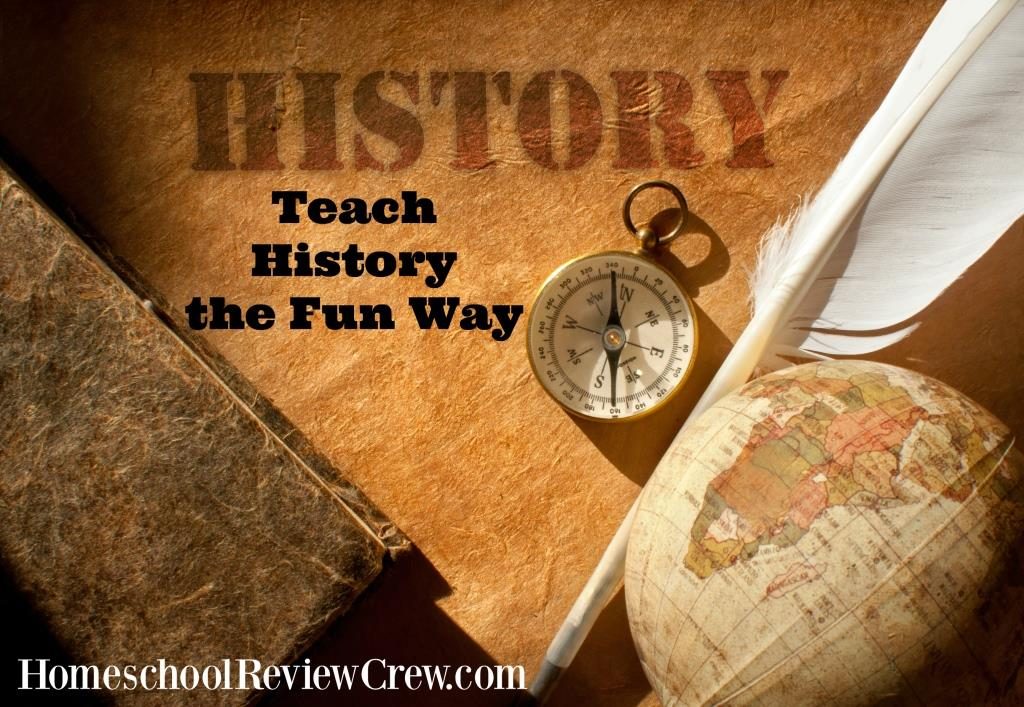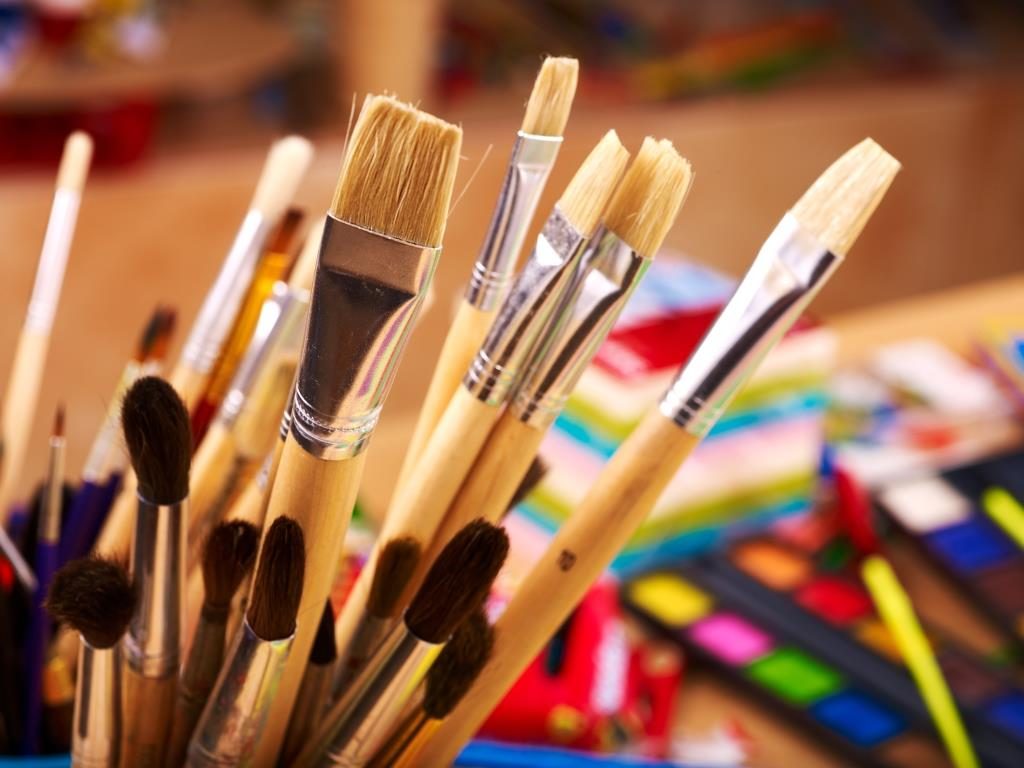
Whenever I meet someone who doesn’t like history, I ask questions to find out why.
Often I discover they have been forced to memorize dates, people, and place that seem random to them. They aren’t able to connect the dots between these seemingly unrelated events and so they are turned away.
How sad. As homeschooling parents, we don’t want our children to grow up hating history.
Is there a solution? Of course.
We can teach history the fun way.
Find the Story
History is often referred to as “HIS Story”; in other words, the story of what God is doing throughout the ages. Beyond the story of what God is up to is a plethora of stories of men, women, and children who impacted the world around them in some way.
Teaching history the fun way begins with finding the story. When I was teaching World War I, I prepared to share the usual story of the how the Arch-Duke was shot. Then I decided to look for the story. I found out that it was their anniversary and that an attempt on their lives made earlier in the day led to people in another nearby car being injured. The Arch-Duke and his wife went to visit the injured people in the hospital. It was during the act of goodwill that they lost their lives and started a chain of events that would lead to World War I.
When you are teaching history, always look for the story. World War II is much more exciting when you learn about Rees Howells and his team of intercessors. There is always a story to be found.
Meet People
History is made by people. It is so fun to get to know the people who are part of the dates and events you learn about.
George Washington, brave and noble, but very shy, is a man worth discovering. Bubbly Dolley Madison and wise Abigail Adams come alive in the pages of history. Devious King John and his beloved brother Richard the Lionheart still affect us centuries later.
Get to the know the people from the pages of history to make history come alive. Read diaries, old letters, and biographies to meet people from the pages of history.
Read Historical Fiction
Nothing is more fun that reading a thrilling make-believe story set in a real time and place from long ago.
My children have discovered Columbus, Augustine of Kent, William Bradford, Martin Luther, and Teddy Roosevelt in the pages of an exciting historical fiction story.
We add historical fiction as we study history the fun way.

Create & Craft
Sponge-painting a mug can make pioneer days come alive. You could also make your own checker board out of wood.
From mini-booklets to replicas of boats or villages, getting the creative juices flowing is always fun. My children have enjoyed hands-on fun by making model airplanes, building log cabins out of cinnamon sticks, making tissue flowers, sewing quilts, and dressing paper dolls.
There are so many things you can create that bring a time period in history alive. Younger children especially enjoy the opportunity to get a little messy and create a lasting keepsake.
Act It Out
We love drama! We have done interviews with famous people, created radio shows, dressed up as famous people and given monologues, and created skits. What fun!
One of our favorite things to do when we act it out is to take it to the next level. For example, when we studied the Middle Ages, we had our own medieval banquet. We held our own Passover Feast when we studied Ancient Times. We hosted a sock hop when we studied the 1950s. All of these parties where we dressed the part and researched to make everything authentic helped us to learn much more than reading a textbook.
Play Games
Throughout time, children, and adults too, have played games.
Chess makes a study of the Middle Ages come alive.
Checkers was very popular in Early America, along with horseshoes.
We also like games like “Made for Trade,” a game set in Colonial America where children learn about trades and money from the old days.
Research can help you discover fun games from the past.
Cook & Bake
Everyone has to eat. It’s been fun for us to learn what people grew, raised, and ate in different times and places.
We also like finding old recipes and adapting them to use in our own kitchen.
History should never be boring. I hope you will be inspired to try adding just one thing each month to your history studies so your children can learn history the fun way.
You can teach history the fun way.
Meredith Curtis

1 thought on “Teach History the Fun Way”